Take a bath
World’s biggest solar car race: Student once won Baden with his vehicle – now he wants to conquer Australia
In 2015, Gian-Leo Willy won the Children’s Museum’s Solar Car Race. Now 21, he is working with other students at ETH Zurich to build a vehicle that can travel 3,000 kilometers in the countryside. Aargau companies are also involved in the development.
Gian-Leo Willi (left) is currently developing a solar vehicle with students from ETH Zurich. Here he discusses with a colleague which screws they use to attach parts of the suspension to the chassis.
Every two years, the Children’s Museum organizes a solar car race on Station Square in Baden. The solar-powered mini-vehicles run for a distance of 15 meters. In 2015, Gian-Leo Willy from the canton of Zurich won the race together with his brother Armand. The 21-year-old will once again compete in the solar car race in October. But this time on a much bigger scale.
Jian-Leo – who finds it fascinating to be called by his first name – is now studying mechanical engineering at ETH Zurich and is part of the student research group αCentauri. The 40-member club’s goal: to win the Bridgestone World Solar Challenge in Australia.
The race starts in the large city of Darwin in the north and runs 3,000 kilometers through rugged terrain to Adelaide in the south. In between there are always driver changes and control stops.
Jian-Leo will also travel to Australia: he is part of the repair team that will fix any defects on the vehicle during the multi-day race. “We have been working on this project for over a year,” he says. “Adventure in Australia is sure to be the crown jewel.” But the preparation time and even the long distance to get here is worth it.
Baden is the source of his attraction
“Ever since I participated in the Children’s Museum’s solar car race, I have been fascinated by how solar energy is converted into kinetic energy,” says Jian-Leo. So the origin of his participation in the World Solar Challenge is actually in Baden. The two species have very little in common.
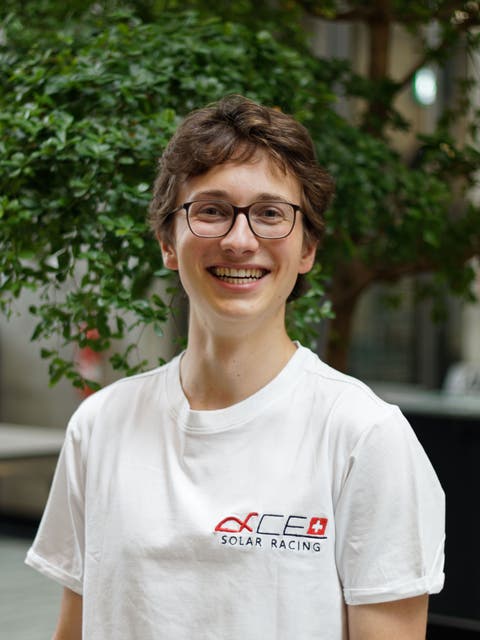
Gian-Leo Willi is part of the αCentauri student group.
“The theory could be the same in principle,” says the 21-year-old. “But the dimensions are no longer comparable.” Not only is the track long, but the vehicle is also large. Additionally, it is controlled by a driver instead of driving in a straight line. The latter will be decided by entirely different factors in Australia than in Baden.
“On short distances like Baden, the key is to accelerate as quickly as possible,” explains Jian-Leo. “The low weight and good static friction of the wheels play an important role here.” For a long race across the suburbs, on the other hand, aerodynamics are more important. After all, energy loss over such a long distance should be as low as possible.
The vehicle travels at a speed of 130 kmph
“I was mainly involved in the aerodynamic development of our solar car,” reveals Jian-Leo – not without pride. The finished race car is still only a visualization on the computer. It has a futuristic look with its rounded nose, sleek shape and four square meter wing like tail. It weighs 140 kilograms and has a top speed of 130 kmph.
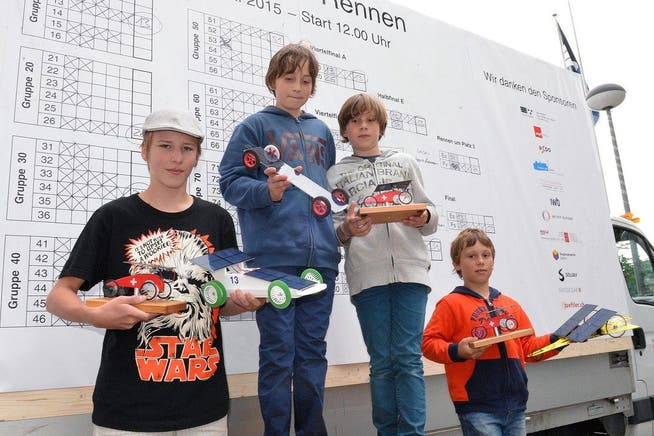
In 2015, Gian-Leo Willy (Blue Jumper) and his brother Armon won the solar car race at the Children’s Museum in Baden.
It was designed by αCentauri team members. The young engineers also developed individual components such as the chassis, circuit board or spring damper elements with the support of ETH’s external experts and professors.
On the other hand, components like resistors and capacitors are purchased. Students will build the canopy – the hood where the driver sits – and several other components made of composite materials with a sponsor in Wilmerken. The form for this was milled by the sponsor Carbomil AG at Sion.
After the race he wants to pass on his knowledge to other teams
“It was a real challenge to build a car that was so technologically advanced and could represent Switzerland in such an international race,” says Jian-Leo. “I’ve been part of the team since the beginning and it’s been great to see how quickly the project has grown and grown.”
He has a lot of fun demonstrating what solar power can accomplish and inspiring others. In addition, thanks to the program, he was able to acquire a large amount of knowledge and learn a lot.
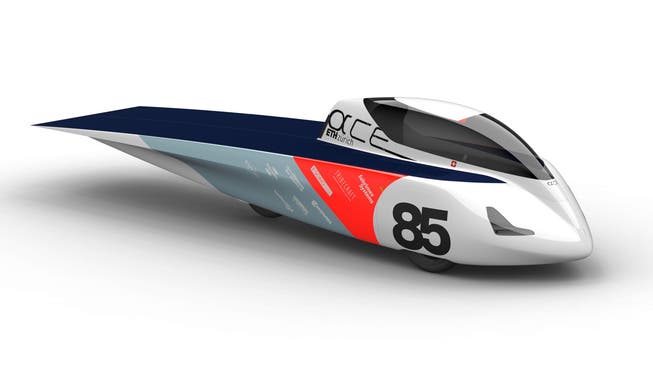
This is what αcentauri’s solar car should look like. The car is designed to represent Switzerland in the world’s largest solar car race.
At the end of September, Jian-Leo’s team will fly to Australia to prepare for the race. The challenge will start on October 22nd. “Of course, our long-term goal is to be the first car to cross the finish line,” he says and laughs. However, car construction and the learning process are still at the forefront. He still doesn’t know what will happen after that.
So much: “After my bachelor’s degree, I will definitely complete my master’s degree,” says Jian-Leo. And he won’t give up on the solar car project either. “I don’t just see myself as a developer of the car, I also see my job as passing on the knowledge I’ve acquired,” he says. “What we have created is to be tolerated and supported in the implementation of other groups’ projects.”

“Friend of animals everywhere. Web guru. Organizer. Food geek. Amateur tv fanatic. Coffee trailblazer. Alcohol junkie.”




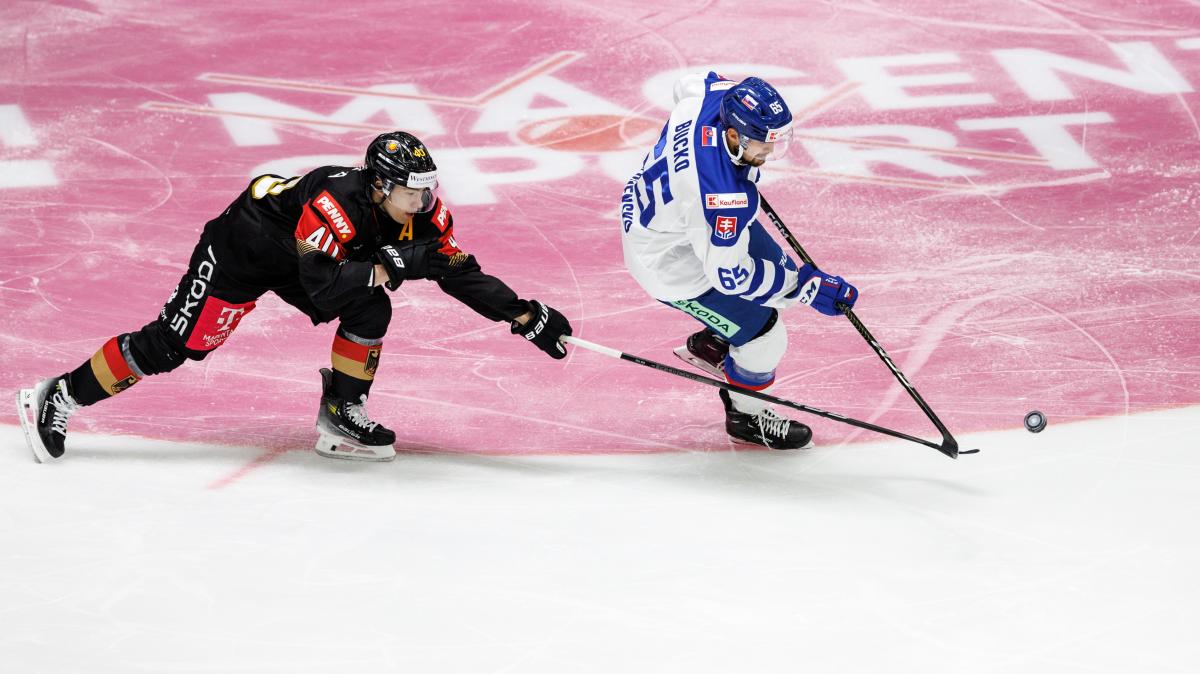
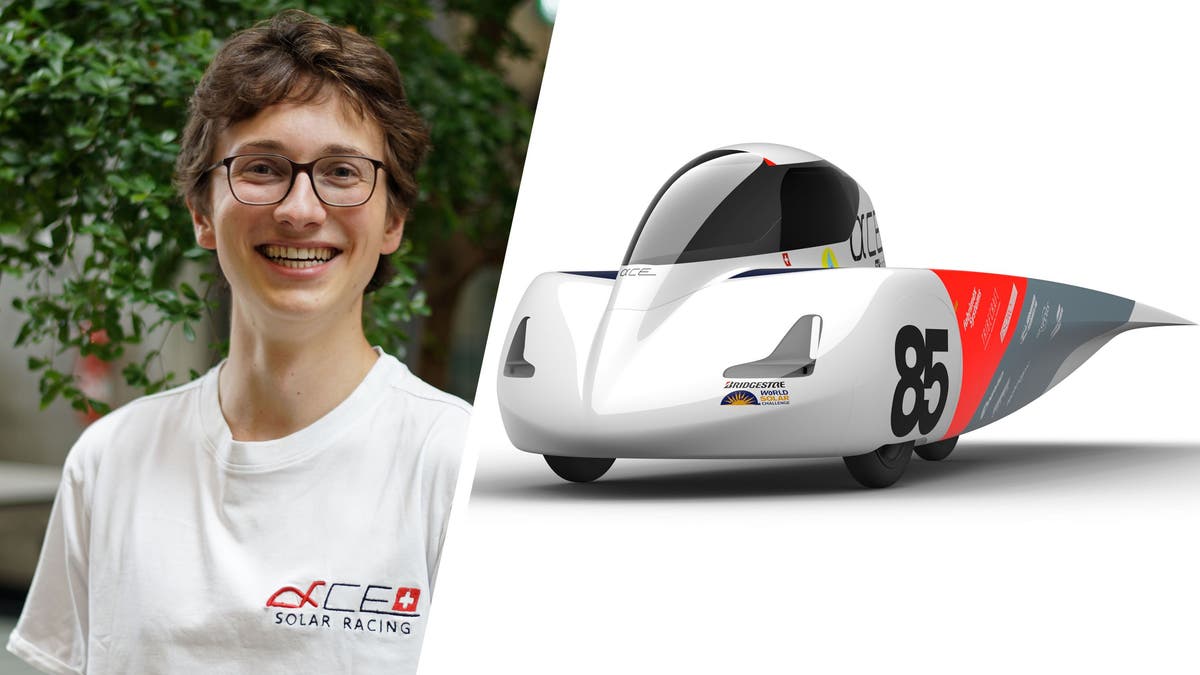
More Stories
British PM: Border security more important than international courts
USA vs Germany Live on Free TV and Stream: Ice Hockey World Cup 2024
Asylum deal with Rwanda: Botswana rejects asylum claims from Great Britain